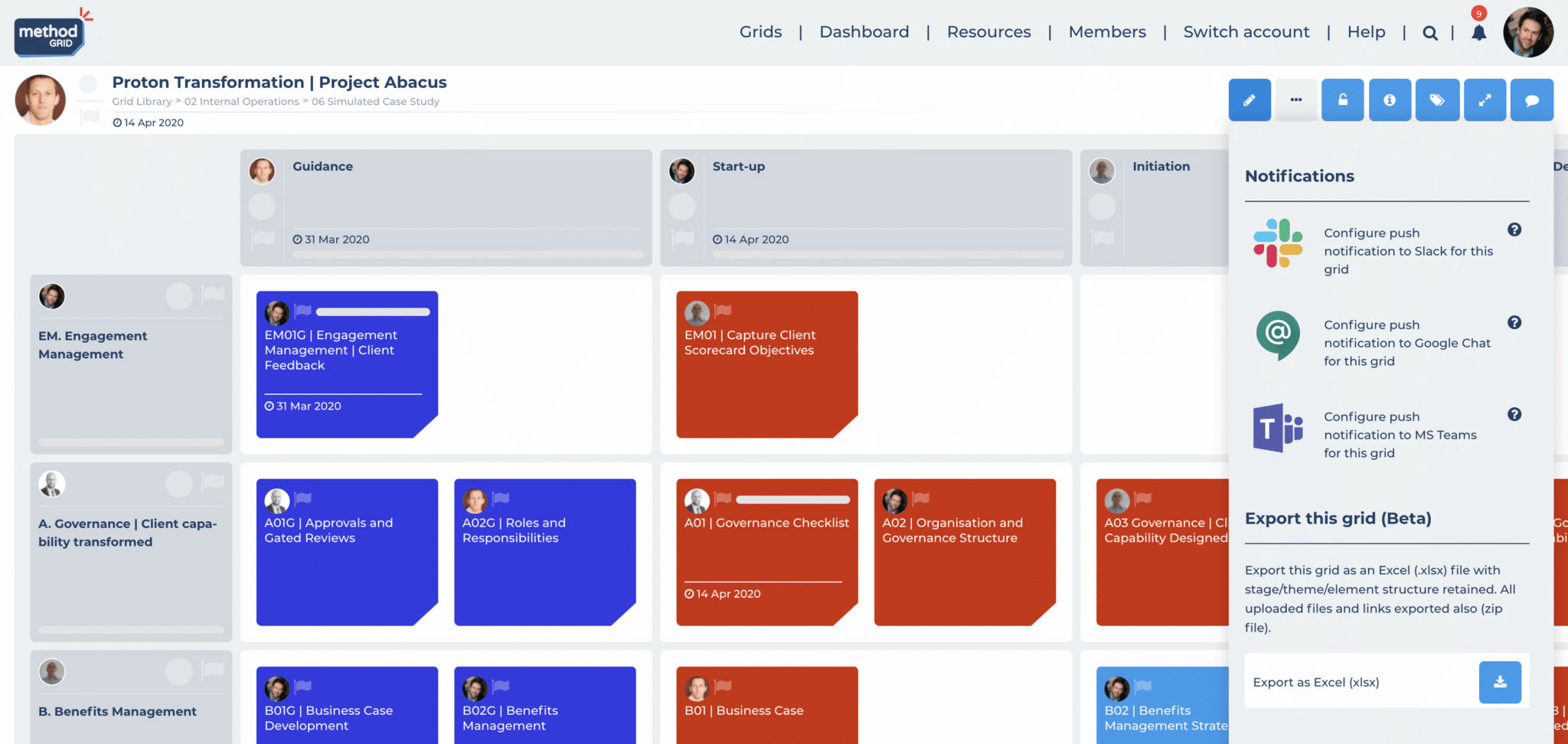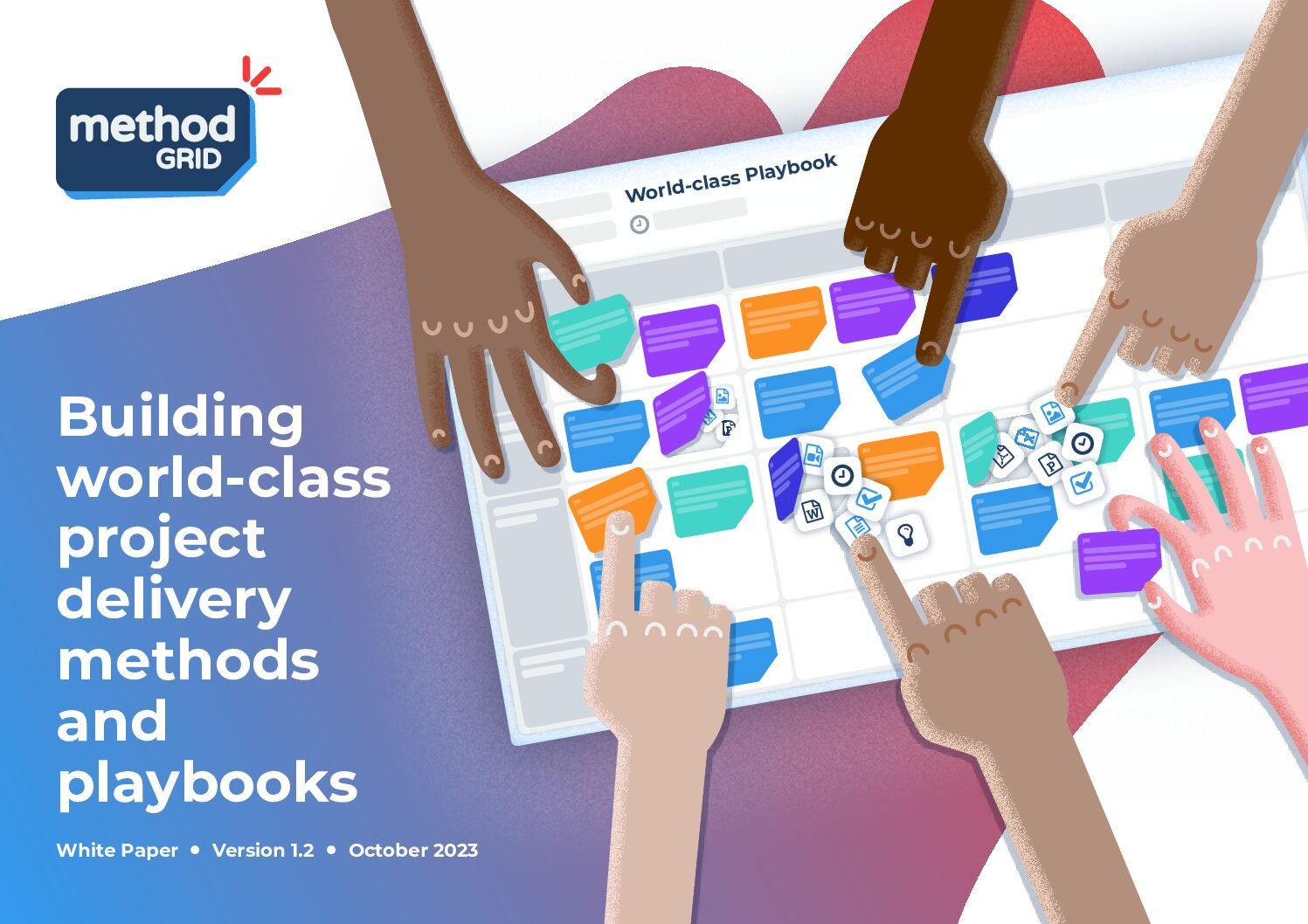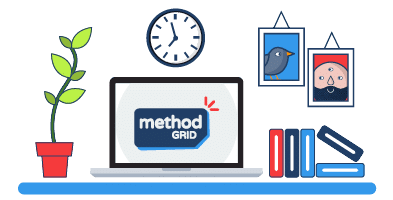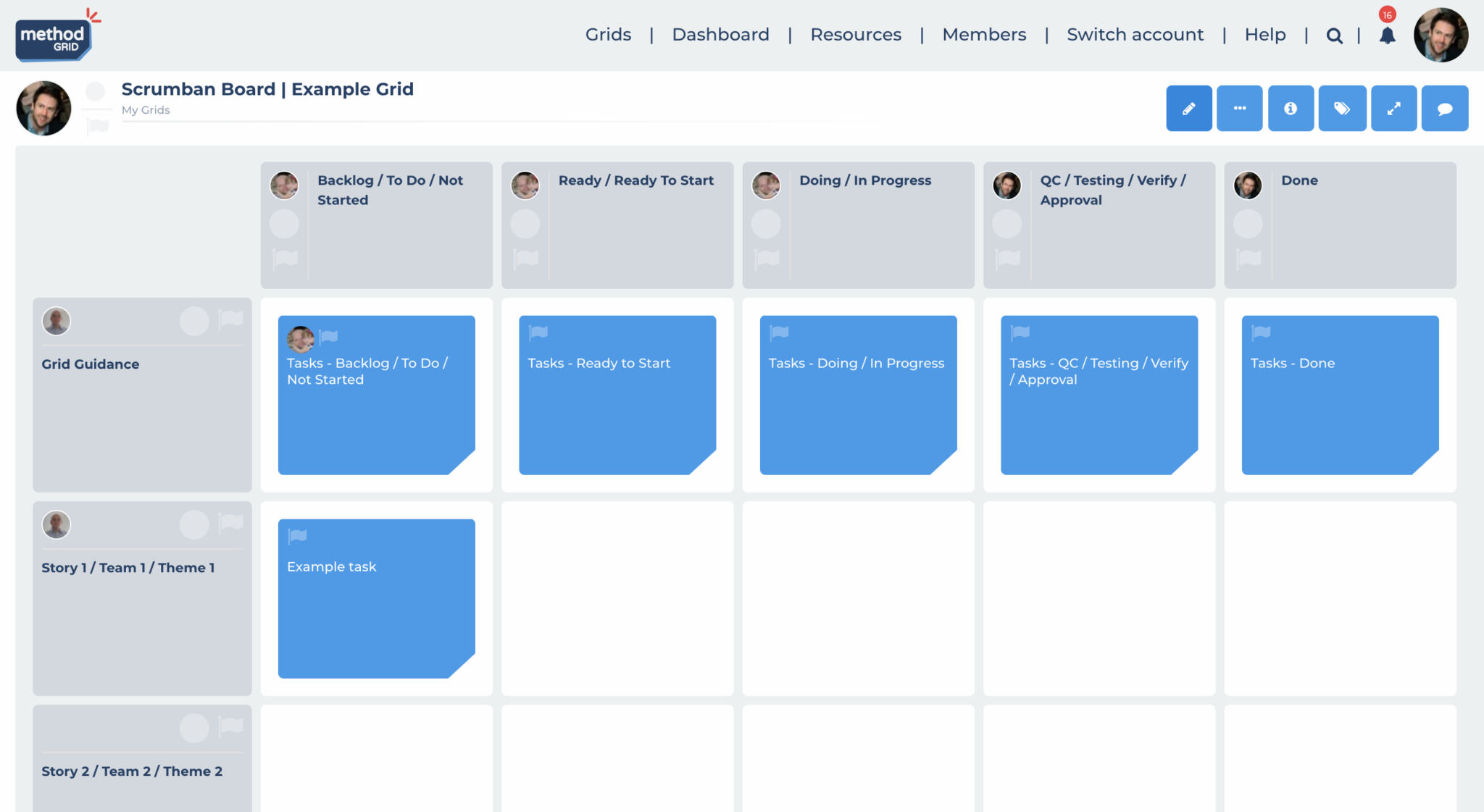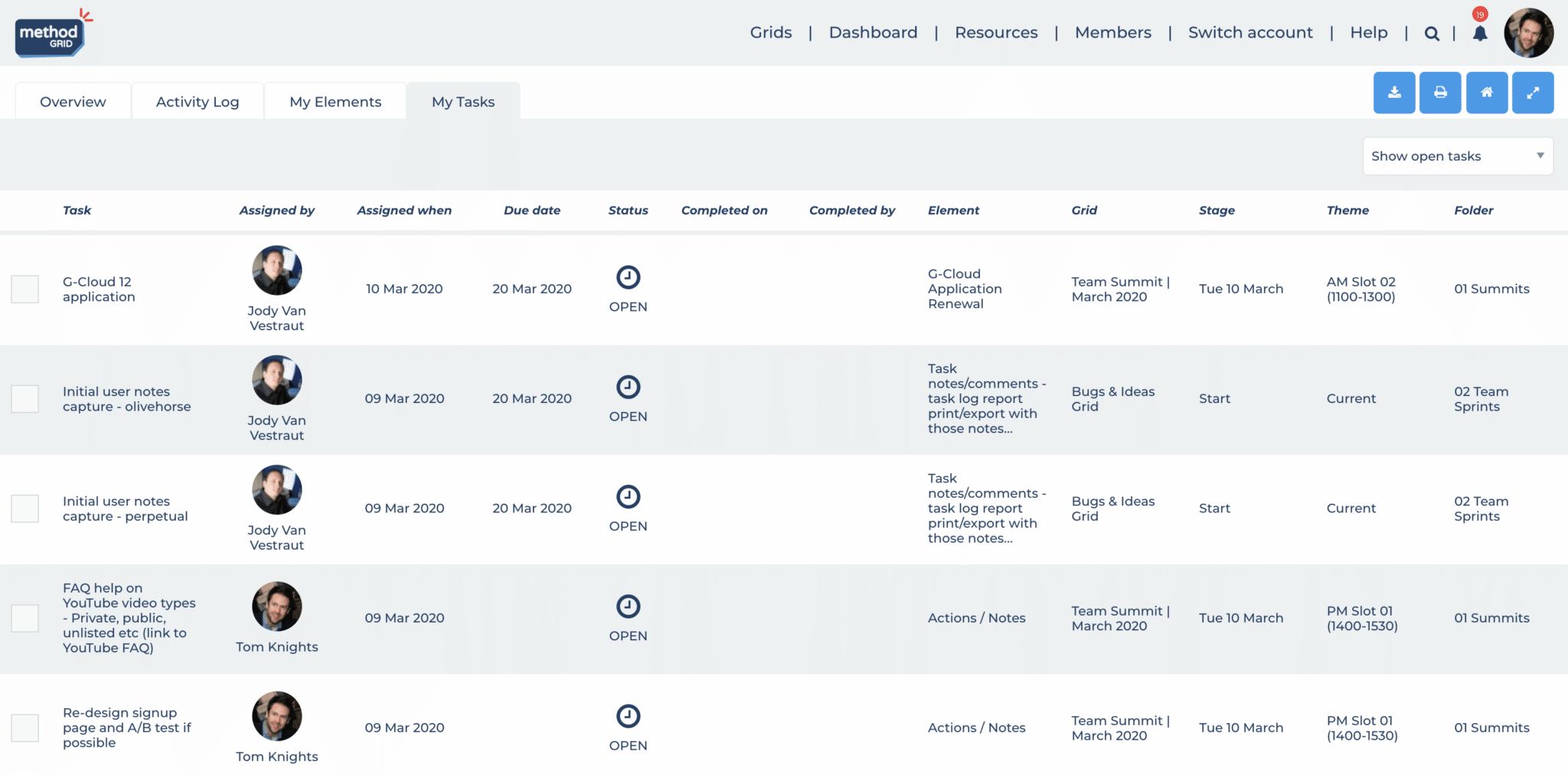We have always offered a discount of 50% off standard terms for our charity and education clients.
With the current global coronavirus outbreak, we have made the decision to now make our platform completely free for these types of organisation (at least until the end of 2020 – hopefully to get us the other side of this disruptive period – we will review thereafter).
Method Grid is designed to enable collaborative remote-working (structured process capture/share, project/task management, team chat messaging etc.) – especially so for teams engaged in repeatable processes/project type work.
So – if it can help play even a small part in easing the disruption you may be facing in coming weeks/months – please just speak to us about getting a free account up and running for you.
You can make first contact via [email protected]
Transitioning to remote working | A simple guide
Many organisations will have moved – at least in part – to remote working practices in recent years.
If, however, this health situation is forcing you to move into very unchartered operational territory, then here are just a few thoughts to consider – to make the working-model transition as smooth as it can be (with specific reference to how a Method Grid account can help facilitate).
1. IT Hardware
The brutal reality for many (especially charity/educational) organisations moving to an enforced remote-working situation is the provision of IT hardware (staff are often unlikely to have provisioned resources outside of their normal office/operating environment). The good news is that services such as Method Grid are cloud-based i.e. your staff can use a wide variety of device to access (desktop, laptop, tablet, smart phone); similarly, the platform is available via a wide variety of browsers – as per the spectrum of what is likely to exist in home environments. This (forced) transition is, however, no time to compromise data security and privacy practices – so ensure any provided solution has leading practices in this regard. See here for Method Grid data and IP security (scroll down the page).
2. Establish regular (daily/weekly) practices
A big factor to consider with remote working is how best to ensure team-wide communications and, frankly, morale. Done badly, individual employees (especially those used to fixed site, communal working) can quickly start to feel very extended, lonely and disconnected from their wider team.
The “oh it is great to work from home” autonomy and glow often very quickly dissipates.
Teams that do this routinely and well, will have very established communication patterns; essentially there will be a central “drumbeat” around which all organisational communications cascade – allowing everybody to stay very connected and engaged. For (simple) example, you might want to consider a “all hands” conference call at the start of the week and a “week close down” call at the end. On a daily basis, sub-unit teams might want to establish a similar protocol – but keep these to really short and sharp time-boxes.
2. Use comments/chat feature to keep connected with colleagues
A key tool for any remote working team will be online collaborative chat. You can chat with colleagues within Method Grid using the comment/chat feature. If a colleague is online (good practice is to ensure that if they are in working hours – all colleagues are online), this chat can happen live within the app. If the colleague is offline an email will be sent to them after a certain period – with the chat comment referenced. You can @name a colleague to message them directly or @all for organisation-wide notes.
There are some great dedicated chat apps out there (albeit not all will be free for teams) and your Method Grid account can integrate seamlessly with these. See here for more on how that works.
Integrations we particularly like and recommend in this regard:
3. Create a dedicated announcement location
During this anomalous period, you will want to think about a central digital location – where all live updates to your staff can be located. In Method Grid, this might for example be a central grid (that everyone can access) to which you append live updates. If you are using another chat app (as per above) you might want to create a dedicated channel for this purpose.
4. Collaborate around different grid designs – as contingent on the type of work you do
Structured, project based delivery:
Method Grid primarily facilitates teams undertaking repeatable, structured services – that might typically be viewed as a project. In this primary “use case” a master grid template of how you deliver such a service can be quickly built as a common reference for your entire team.
